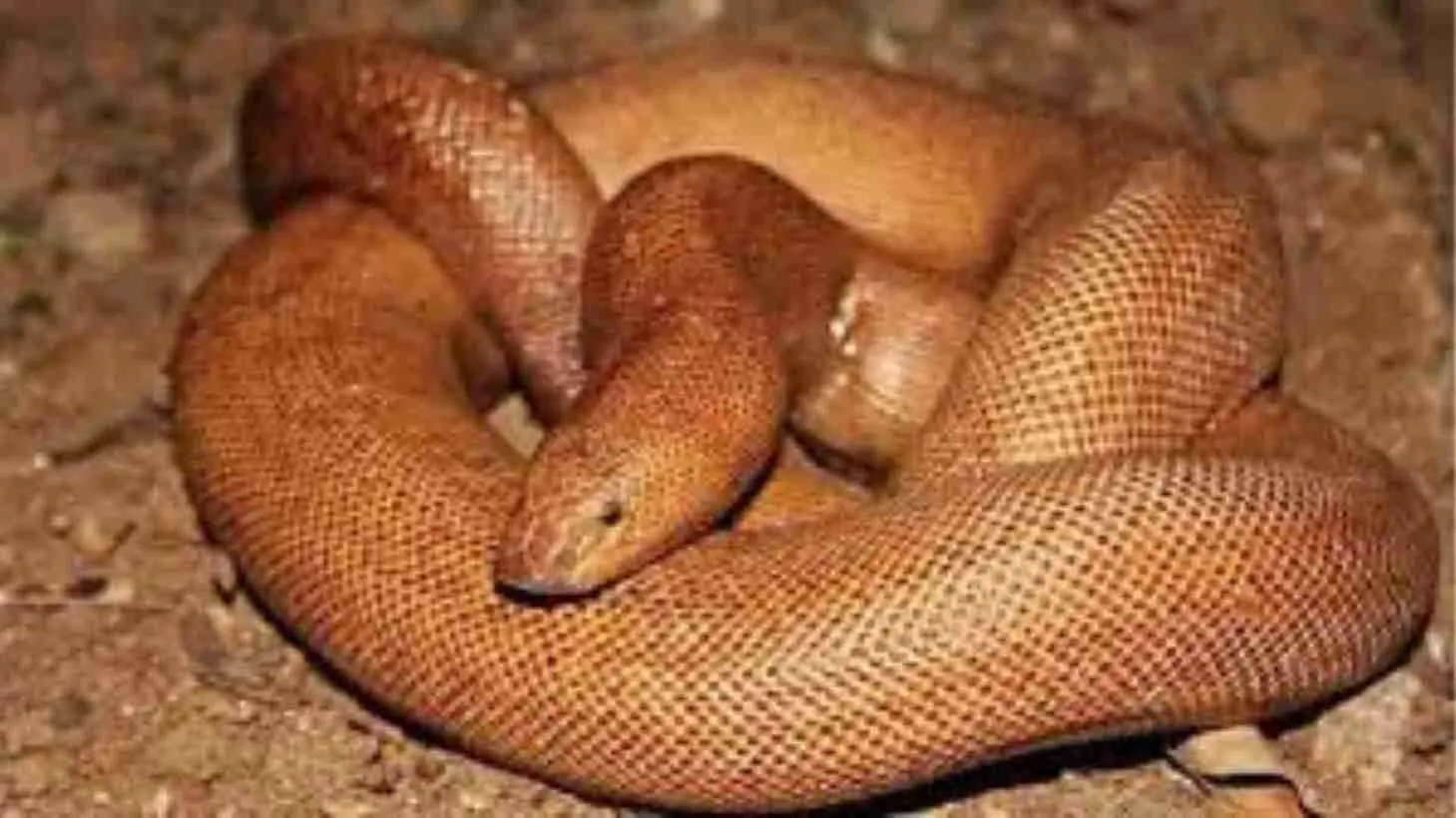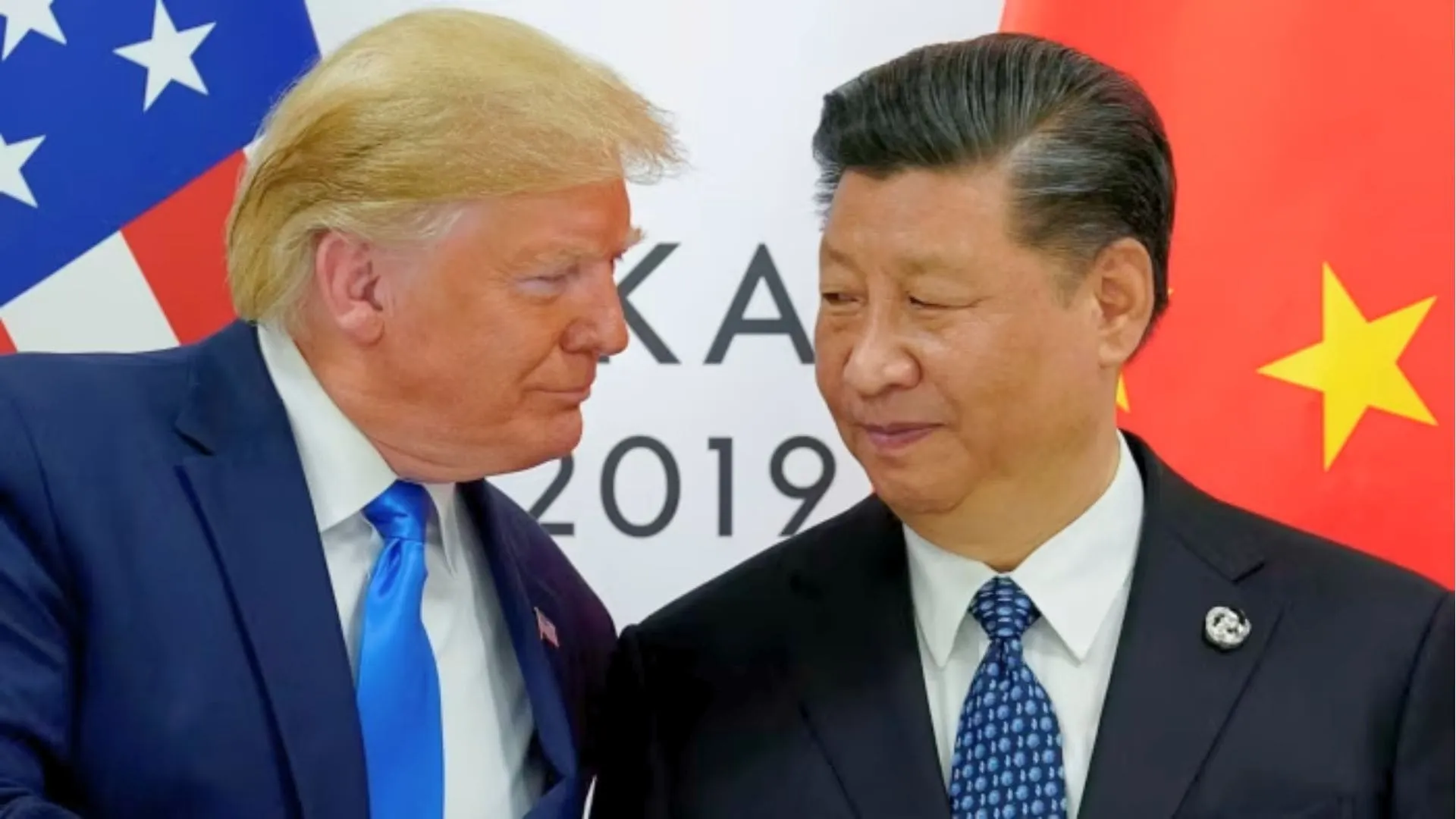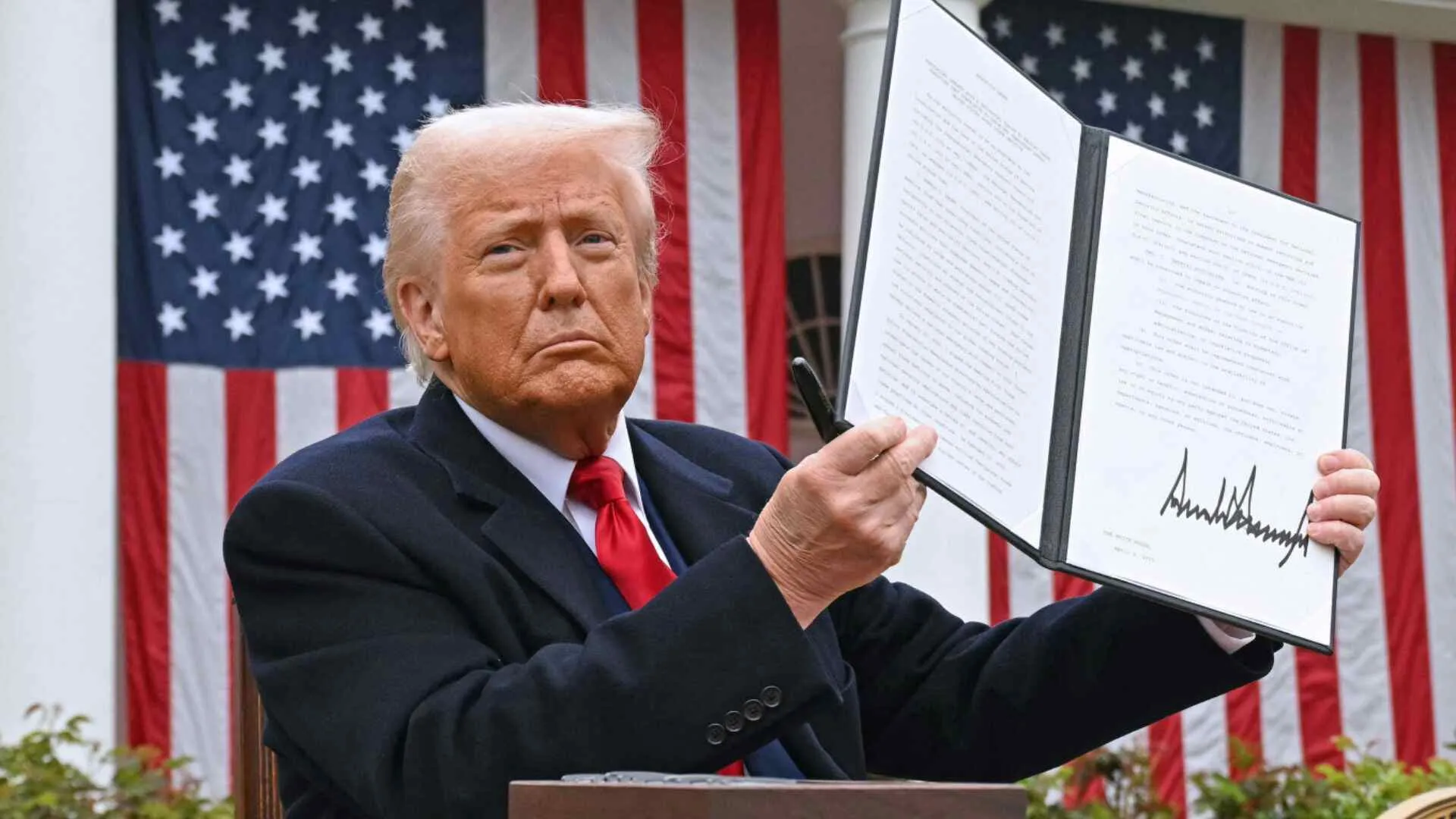The illegal trade of the Red Sand Boa, a rare non-venomous snake, is thriving due to deep-rooted myths and superstitions. Found across various states, including Bihar’s Valmiki Tiger Reserve, this elusive reptile is often smuggled and sold in the black market for crores. Despite being a harmless species, false beliefs about its supernatural powers and medicinal properties have led to its alarming exploitation.
Myths Fueling Illegal Wildlife Trade
Contrary to popular belief, the Red Sand Boa does not have two heads. Its tail is shaped to resemble its head, a natural defense mechanism to confuse predators. Wildlife expert Abhishek, Project Manager at the Nature Environment and Wildlife Society, clarified, “These snakes, also known as ‘double-engine snakes’ in the scientific community, are completely harmless. They rarely come into human contact unless disturbed.”
However, superstitions surrounding the snake’s mystical properties have made it a prime target for smugglers. Black market prices reportedly range between ₹2 crore to ₹25 crore, with buyers believing that the snake brings immense wealth and success. Some even claim it has medicinal properties capable of curing severe diseases like cancer and AIDS—claims that wildlife specialists have dismissed as baseless.
Black Magic, Occult Practices, and Illegal Trade
The demand for Red Sand Boas extends beyond India, reaching markets in Southeast Asia, where they are allegedly used in pharmaceutical industries. Reports also suggest that these snakes are sacrificed in occult rituals to bring prosperity to businesses. “These claims are baseless. The Red Sand Boa is simply a part of the ecosystem, playing a crucial role in controlling populations of rodents, frogs, and small birds,” Abhishek stated.
Strict Laws, Yet Smuggling Continues
Despite strict legal protections under the Wildlife Protection Act, the illegal trade of Red Sand Boas continues. Authorities have intensified crackdowns, imposing heavy fines and long prison sentences on offenders. However, the demand persists, driven by greed and blind faith in unfounded myths.
Wildlife experts emphasize the urgent need to debunk superstitions and spread awareness about the ecological importance of these snakes. Without immediate action, the exploitation of Red Sand Boas will continue, further endangering an already vulnerable species.






















